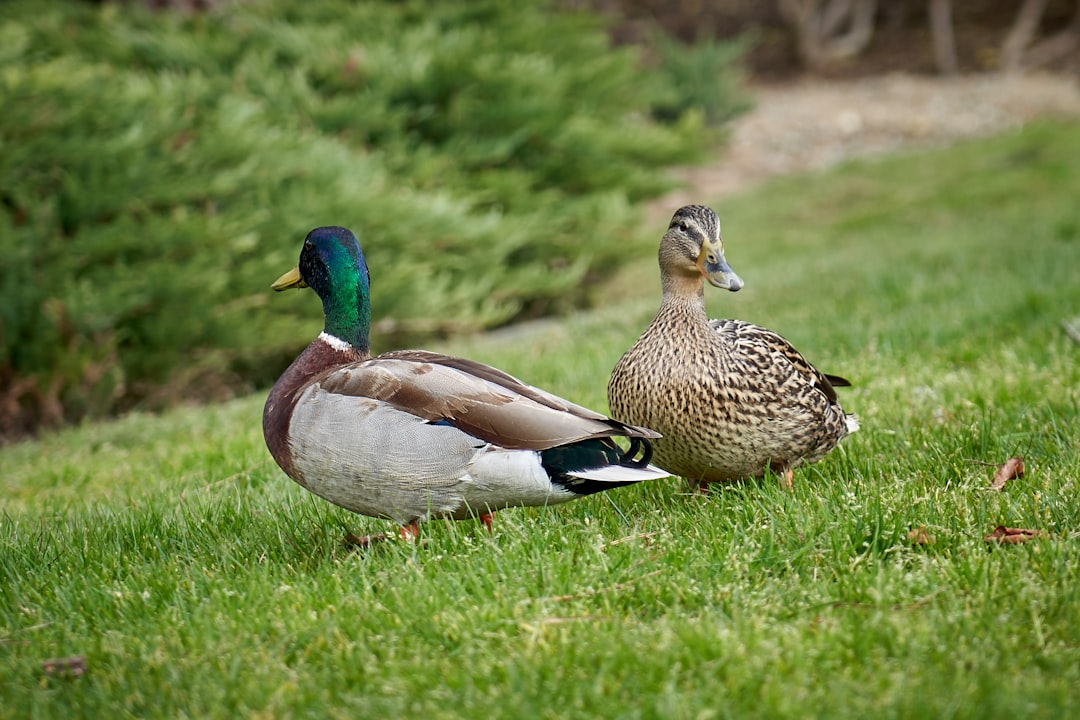Duck and goose farming offer unique opportunities for producers looking to diversify their operations beyond traditional chicken and turkey production. These birds are valued for their meat, eggs, and down, providing a niche market with distinct challenges and rewards. Here’s a comprehensive overview of duck and goose farming, focusing on their uses, management practices, and market trends.
1. Uses of Ducks and Geese
-
Meat Production: Ducks and geese are raised for their meat, which is prized for its rich flavor and texture. Mulard ducks, a hybrid breed, are particularly popular for meat and foie gras production.
-
Egg Production: While not as prolific as chickens, ducks and geese lay eggs that are often used in baking and cooking due to their larger size and richer flavor.
-
Down and Feathers: The soft down from geese is highly valued for its insulating properties, used in pillows, duvets, and jackets.
2. Management Practices
Housing and Environment
-
Ducks: Most ducks are raised indoors to protect them from predators and manage manure effectively. However, they require access to water for bathing and maintaining feather health.
-
Geese: Geese are initially raised under cover for the first six weeks, then moved to range conditions where they can forage on grass and grains.
Nutrition
-
Diet: Ducks are typically fed a diet of corn and soybeans fortified with vitamins and minerals. Geese are primarily herbivores, consuming grains, grass, and other green forage.
Health Management
-
Biosecurity: Implementing strict biosecurity measures is crucial to prevent disease outbreaks, especially in intensive systems.
-
Veterinary Care: Regular veterinary checks are essential for early disease detection and treatment.
3. Market Trends and Challenges
-
Market Demand: There is a growing interest in specialty meats like duck and goose, driven by consumer preferences for unique culinary experiences.
-
Welfare Concerns: Intensive farming practices, such as force-feeding for foie gras, have raised ethical concerns and led to bans in several countries.
-
Sustainability: Balancing production efficiency with environmental sustainability and animal welfare is a key challenge in duck and goose farming.
4. Breeding and Genetics
-
Breeding Programs: Effective breeding programs focus on improving fertility, hatchability, and overall health of breeding stock. Mulard ducks are a popular choice for meat production due to their robust growth and disease resistance.
-
Genetic Selection: Advances in genetics have led to more efficient and resilient breeds, capable of better adapting to different production systems.
Conclusion
Duck and goose farming offer a unique niche within the poultry industry, providing opportunities for producers to diversify their operations and cater to specialty markets. By understanding the specific management needs and market trends for these birds, farmers can capitalize on their potential while addressing the challenges associated with their production. Whether you're interested in meat, eggs, or down, duck and goose farming can be a rewarding and profitable venture.
Citations:
- https://foiegras-factsandtruth.com/breeding/the-breeding-phase
- https://www.youtube.com/watch?v=3enfMdGHSrA
- http://www.fsis.usda.gov/food-safety/safe-food-handling-and-preparation/poultry/duck-and-goose-farm-table
- https://euromeatnews.com/Article-How-to-process-geese/5928
- https://www.youtube.com/watch?v=g-PJTxTGh8w
- https://kb.osu.edu/bitstream/handle/1811/87849/1/FAES_OCKERMAN_Duck_Goose_Meat_Processing_2012.pdf
- https://www.humanefood.ca/ducks-and-geese/
- https://www.fao.org/4/y4359e/y4359e0b.htm

Comments
No comments yet. Be the first to comment!
You must be logged in to comment. Login